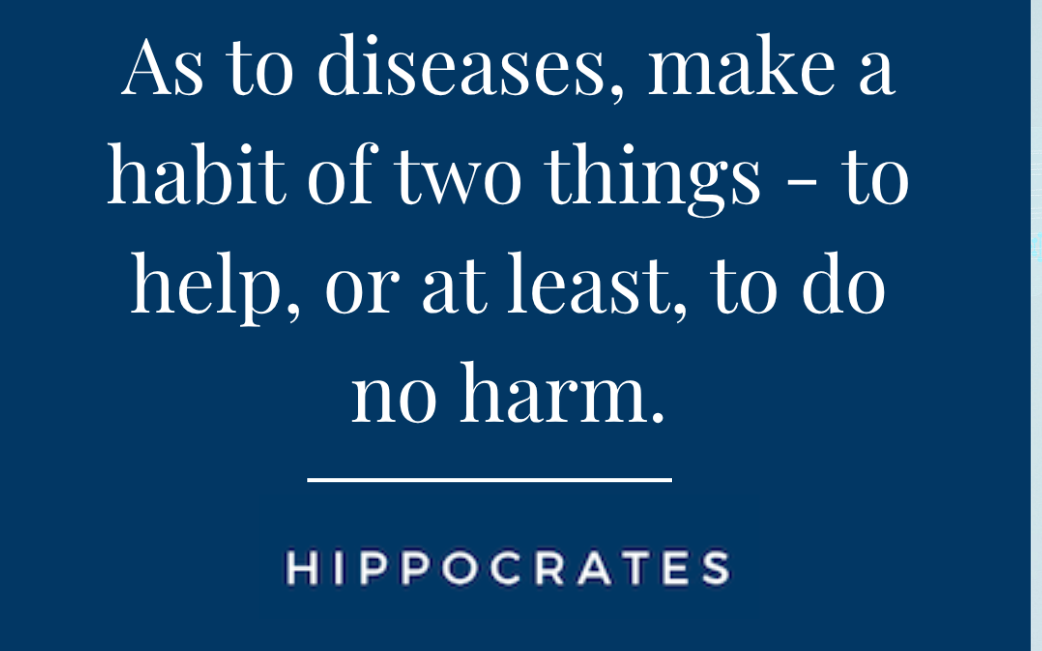As a practicing clinician who has witnessed firsthand the evolution of our field, I view the American Psychological Association’s Ethical Guidance for AI in the Professional Practice of Health Service Psychology through both clinical and leadership lenses. This guidance arrives at a crucial moment—not as a restriction on innovation, but as a framework that validates what many of us in clinical practice have been advocating for: technology that respects the sacred nature of the therapeutic relationship.
In Short....
The APA offers ethical guidance for using AI in psychology. Key points: be transparent with clients, guard against bias, protect data privacy, validate AI tools, maintain human oversight, and understand legal responsibilities. AI should support—not replace—professional judgment. Continue on for more.
The Clinical Reality
In my years of practice, I’ve seen how administrative burdens can erode the time we have for what matters most—connecting with and helping our patients. When the APA reports that 10% of practitioners are already using AI for administrative tasks, I’m not surprised. What concerns me is ensuring we’re using these tools in ways that enhance, rather than compromise, the quality of care.
The guidance speaks directly to the tensions many clinicians feel. We want efficiency, but not at the cost of accuracy. We seek innovation, but not if it undermines the trust our patients place in us.
The Primacy of Informed Consent
The APA’s emphasis on transparent informed consent reflects a fundamental truth about therapeutic relationships: they’re built on trust and transparency. Patients have the right to understand every aspect of their care, including when and how AI tools are involved. This isn’t bureaucracy—it’s respect for patient autonomy and an extension of the collaborative approach that defines good therapy.
Clinical Judgment Remains Supreme
What heartens me most about the guidance is its clear stance that AI should augment, not replace, clinical judgment. As clinicians, we bring years of training, intuition, and human understanding that would be difficult for an algorithm to fully replicate. The guidance affirms that we must remain the “conscious oversight” for any AI-generated content or recommendations.
Accuracy as an Ethical Imperative
The APA’s call for critical evaluation of AI outputs aligns with our professional obligation to “do no harm.” Every note we write, every assessment we make, becomes part of a patient’s story. We cannot abdicate our responsibility to ensure that story is told accurately and with integrity.
What This Means for Clinical Practice
From a clinical perspective, implementing these guidelines requires us to:
Maintain Our Clinical Voice:
Whether using AI for documentation or assessment support, we must ensure that our clinical reasoning and the unique understanding we have of each patient remains central to all records and decisions.
Protect the Therapeutic Space:
The therapy room—whether physical or virtual—must remain a sanctuary. Any technology we introduce should enhance the sense of safety and confidentiality that makes healing possible.
Consider Diverse Populations:
The guidance reminds us to be vigilant about how AI tools may differentially impact various populations. As clinicians, we must advocate for tools that are tested across diverse groups and remain alert to potential biases.
Embrace Continuous Learning:
Just as we pursue continuing education in clinical techniques, we must commit to understanding the tools we use. This isn’t about becoming technologists—it’s about maintaining competence in our evolving field.
The Opportunity Before Us
The APA’s guidance doesn’t close doors; it opens them responsibly. I see opportunities to:
- Reduce the documentation burden that keeps us at our desks instead of with patients
- Enhance our ability to track treatment progress and outcomes
- Support clinical decision-making with evidence-based insights
- Extend quality mental healthcare to underserved communities
But each of these opportunities must be pursued with clinical wisdom and ethical clarity.
A Personal Reflection
I entered this field because I believe in the transformative power of human connection. Nothing in the APA’s guidance changes that fundamental truth. Instead, it challenges us to ensure that as we adopt new tools, we do so in service of that connection.
I’ve seen too many technological promises in healthcare fall short because they were designed without clinical input or implemented without clinical wisdom. The APA’s guidance helps ensure we don’t repeat those mistakes in mental health.
Moving Forward as a Clinical Community
As clinicians, we have a unique responsibility in this moment. We must:
- Share our experiences openly, both successes and concerns
- Advocate for our patients’ needs in the development of AI tools
- Hold ourselves and our tools to the highest ethical standards
- Remember that behind every algorithm is a human being seeking help
To My Fellow Clinicians
I know many of you approach AI with a mixture of hope and hesitation. That’s appropriate. The APA’s guidance gives us permission to be thoughtful, to ask hard questions, and to demand that any tool we use meets the ethical standards we’ve sworn to uphold.
This isn’t about resisting change—it’s about shaping it. We have the opportunity to ensure that AI in mental healthcare develops in ways that honor our professional values and serve our patients’ best interests.
The therapeutic relationship has survived and adapted through many changes in our field. With the APA’s ethical guidance as our North Star, I’m confident we can navigate this new frontier while keeping that relationship at the heart of everything we do.
After all, in a world of increasing technological complexity, the simple act of one human being helping another remains as powerful—and as necessary—as ever.





